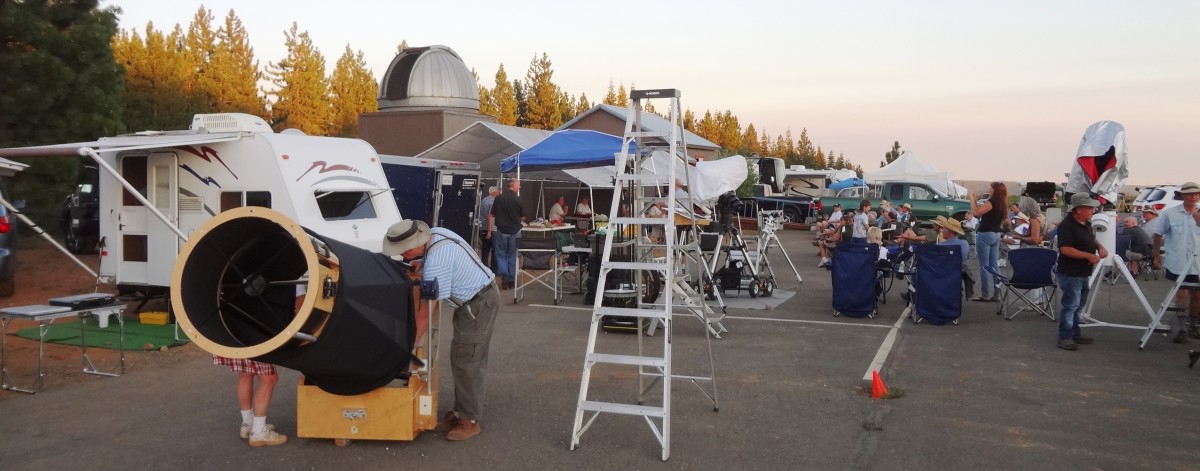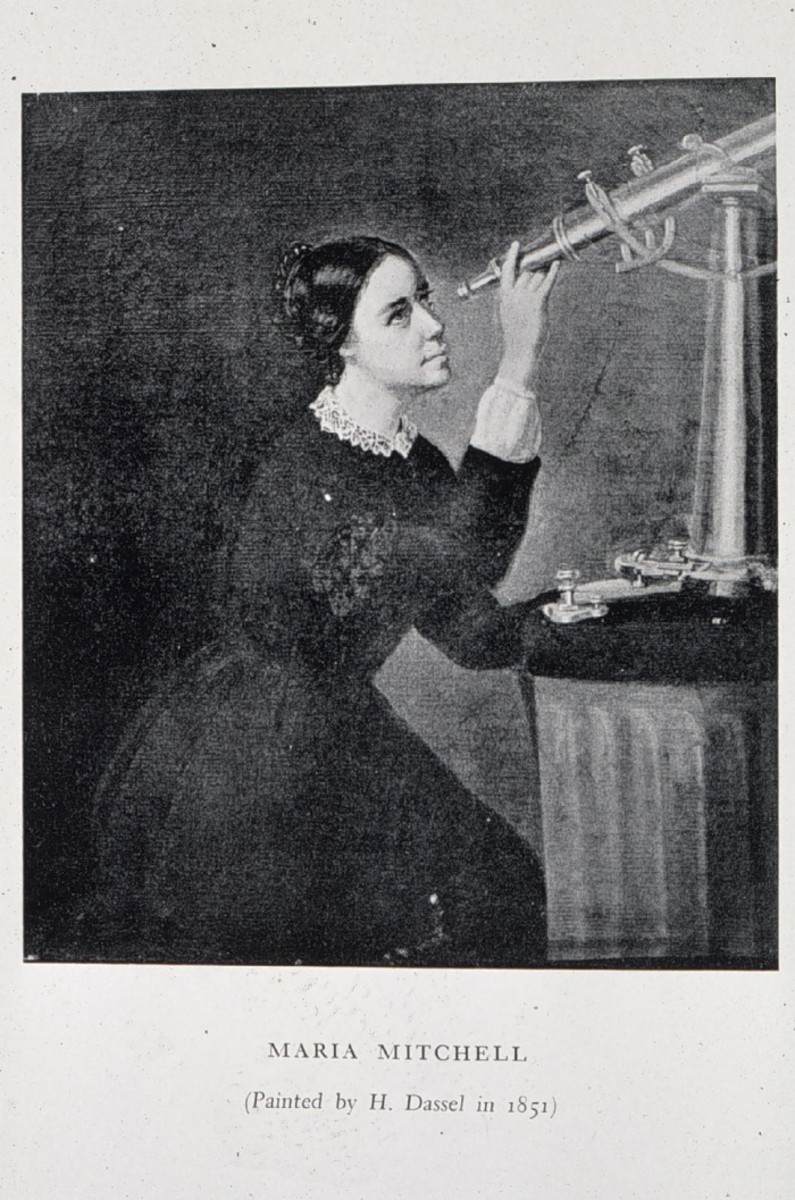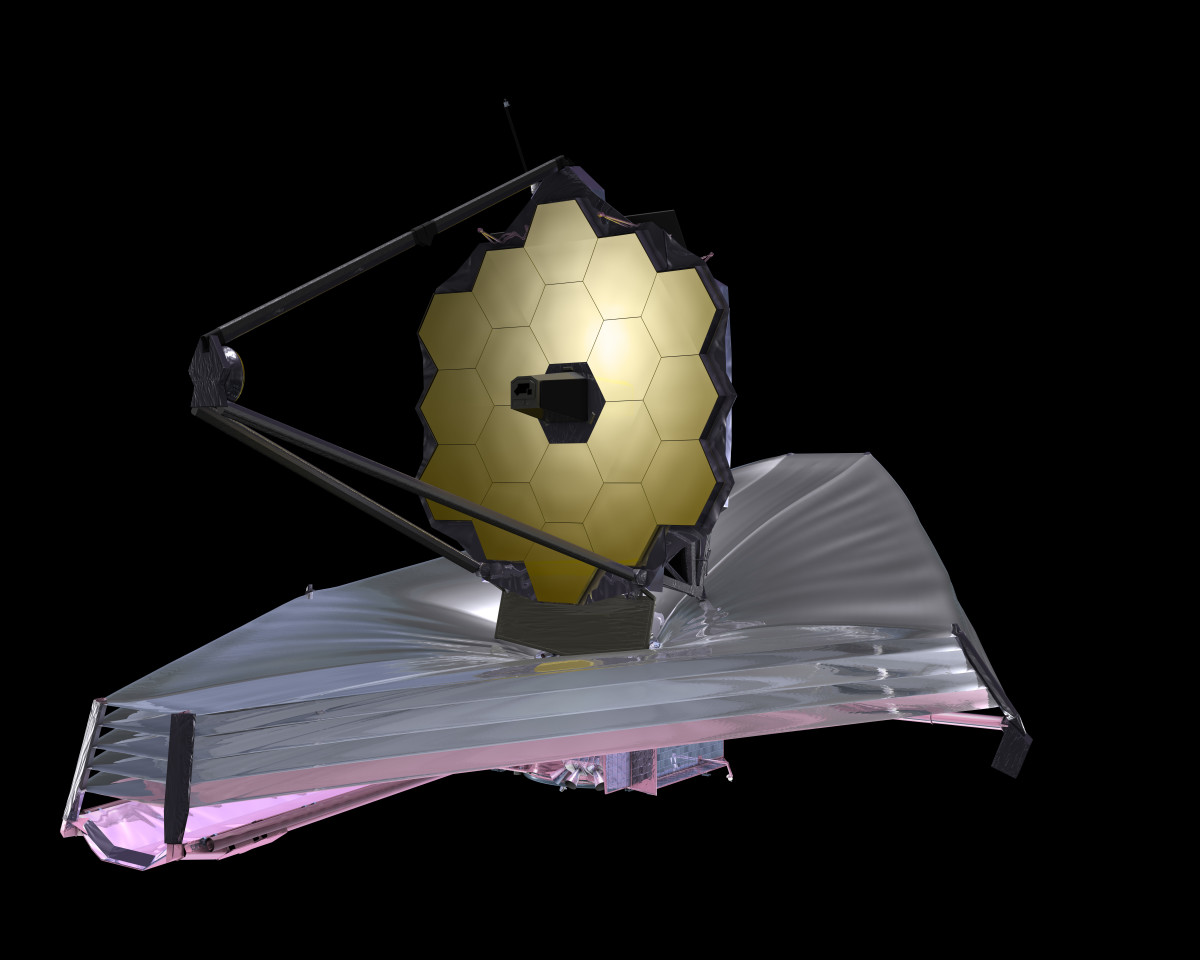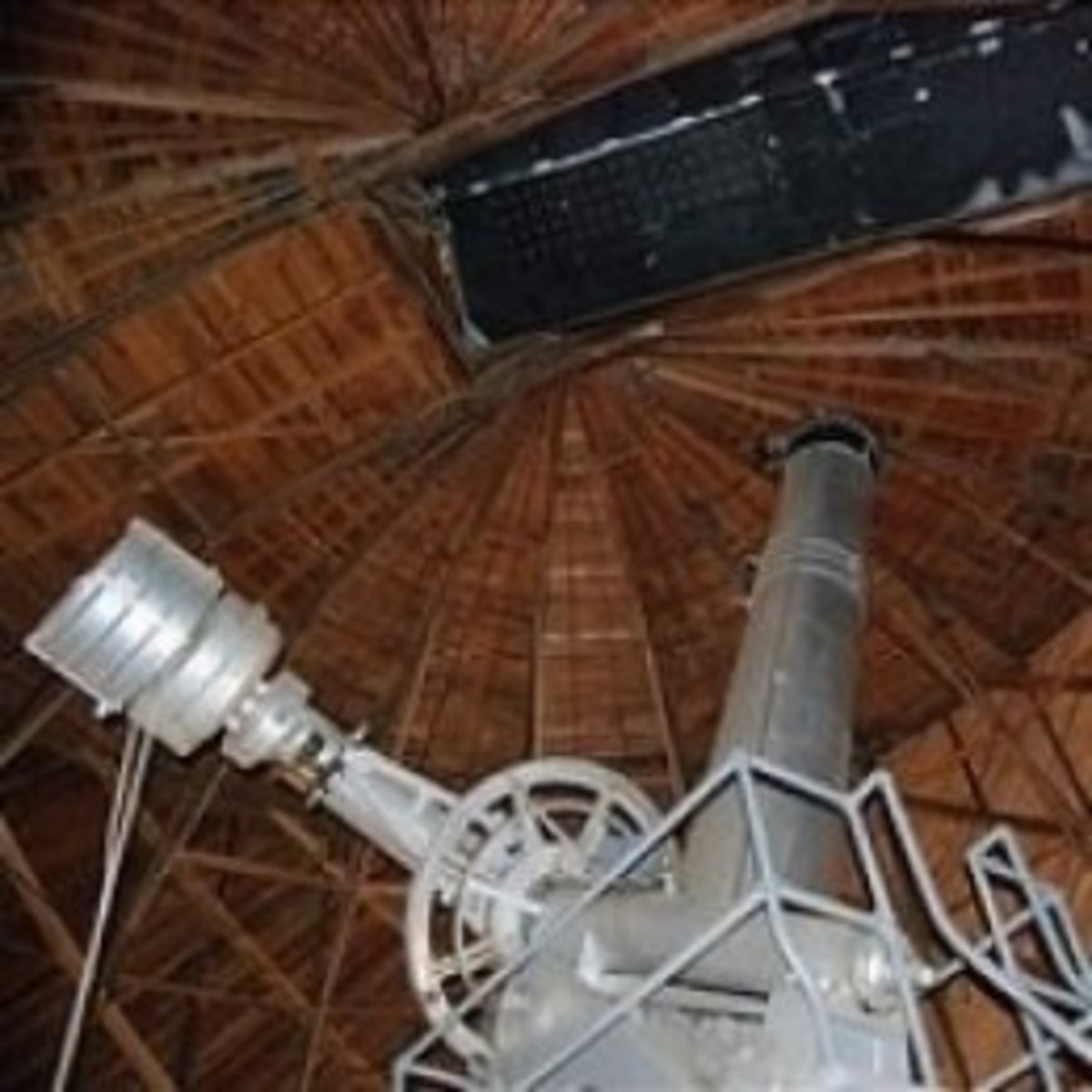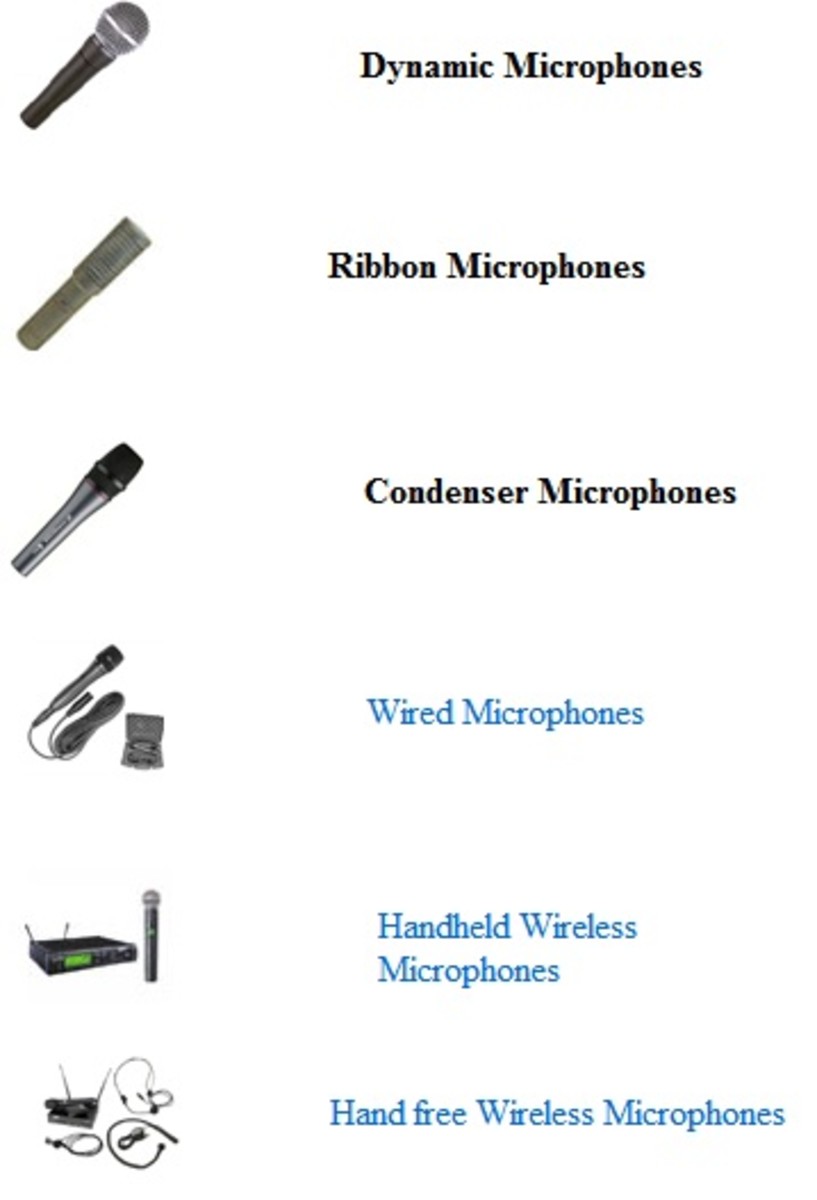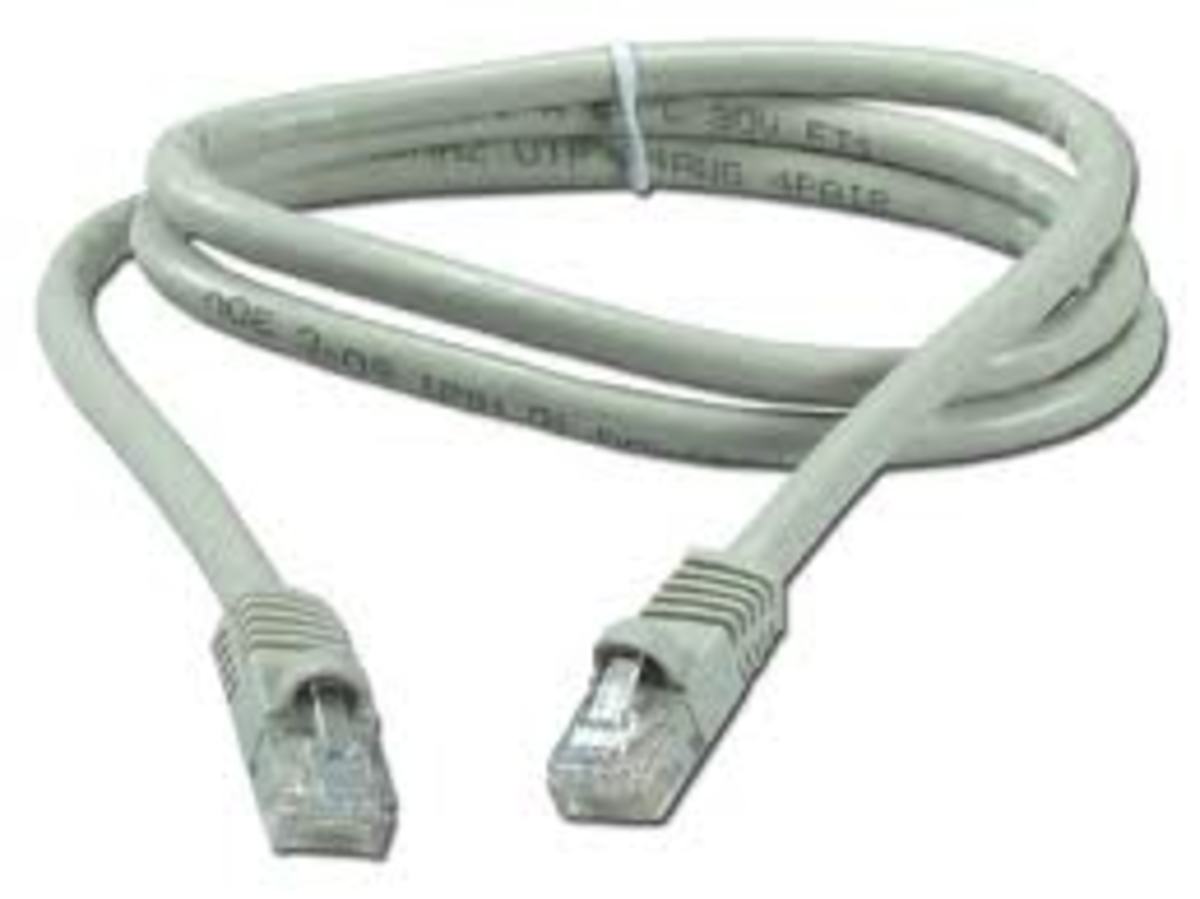Hubble: A Journey To Infinity
We, humans, are always fascinated by the night sky from the time unknown. Before the invention of the telescope we used to observe the sky with naked eyes. With these observations we found patterns in the stars which are known as constellations.
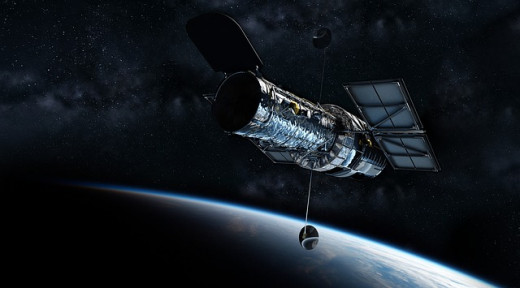
Here we faced an unfortunate complication that human eyes have limits. They cannot dip into the infinity where millions of galaxies, stars, nebulas exist. Here came the man, Galileo Galilei, who is 1609, invented the first telescope, and enjoyed the unseen beauty of the night sky for the first time.
As nothing is final in the field of science and everything keeps on evolving with time, telescopes are no exception to this. After Galileo, larger and more accurate telescopes were invented. We fix telescopes at one place and then take observations with revolving them in desired directions
Need of the Hubble telescope:
As discussed above, if we can make the most advanced telescopes in laboratories and put them in the desired locations, then why we need a telescope like Hubble? A simple answer to this question is, we need the Hubble telescope because of atmospheric factors like dust, smog, pollution effect on images captured by normal telescopes.
The Hubble telescope is placed in space away from earth, so Hubble telescope can capture images without any distraction of dust or pollution. So the cleanest images can be obtained using the Hubble telescope.
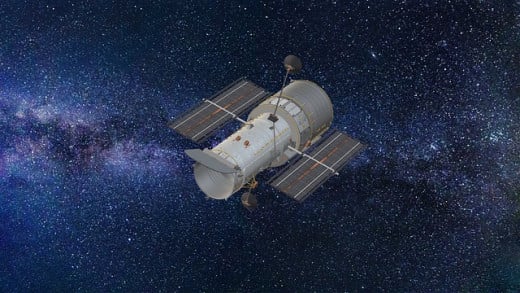
Why the name ‘ Hubble’:
The name Hubble is given to this telescope to honor the exceptional contribution by U. S. Astronomer Edwin Hubble to the field of astronomy. Hubble revolutionized the field of astronomy in several aspects like the size of the universe and classification of galaxies. The Hubble Sequence created by Edwin Hubble is still used by scientists for the classification of the galaxies.
After years since his death, Hubble remains the most famous astronomer in the world. In 1920, Mr. Hubble used the largest telescope of his time, which was placed on the Mount Wilson Laboratory to discover distant galaxies.
So no wonder why NASA (National Aeronautics Space Research and Administration) considered the name Hubble for their space telescope mission in 1990.
Structure of Hubble:
The Hubble telescope has a mirror-based optical system. The optical telescope assembly gives Hubble a unique view gathering infrared, visible and ultraviolet light.
Hubble utilizes two mirrors which are fixed in a Cassegrain manner. Hubble includes fine guidance sensors which can be locked at the planets or other celestial bodies. The third wide-field camera is the main camera on Hubble.
The advanced camera for surveys is used to capture the large space. The cosmic origins spectrograph captures ultraviolet light. A space telescope imaging spectrograph is used to inspect the temperature of astronomical bodies. The multi-object spectrometer senses the deep space objects with the amount of heat they liberate.
How Hubble works?
Hubble is an astronomical telescope that revolves around the earth with a speed of 8 km/hr. It completes one revolution around the earth within 97 minutes. Hubble is fitted with several scientific instruments. Hubble’s mirror captures the light and then pass it within these instruments.
Light first of all hits the primary mirror, then gets bounced to the secondary mirror and then to the hole through which it continues to move towards these scientific instruments. The point should be noted that Hubble focuses on capturing more and more light from the distant parts of the universe rather than magnifying objects.
All the Hubble’s functions are powered by Sunlight only. Obviously, with sunlight, come the solar panels. Hubble uses solar arrays that directly convert sunlight into electricity. Like on earth we have nights the shadow of the earth affects the efficiency of these solar arrays. Some batteries keep the telescope in the working condition when the telescope is within the shadow of the earth. The cosmic origins spectrograph mainly focuses upon collecting the ultraviolet light from the distant and unknown parts of the universe.
Feats of the Hubble Telescope:
The Hubble telescope has expanded the boundaries of the universe beyond the limit of our imagination. Here are some of the Hubble’s unmatched feats:
- Calculation of the exact age of the universe:
The Hubble space telescope is the first device to calculate the right age of the universe. To achieve this feat with Hubble scientists used the brightness of Cepheid variable stars which are a special kind of stars which pulse on a set cycle.
Today, we know that the universe is 13.7 billion years old and all this prediction is possible with the help of Hubble’s data only.
-
Capturing earliest galaxies:
We all know that there are countless galaxies in the universe just like our milky way. But knowing the galaxies that were a part of the beginning universe can help us to find how the universe was made.
Five years after the launch from 1990, mission controllers directed Hubble towards an empty spot in the space. Guess what they found, the image that Hubble found became one of the most iconic images and revealed the existence of thousands of new and early age galaxies.
-
Dark Matter:
Dark matter is the matter which is invisible but comes into the light with the perspective of gravity. Dark matter occupies 23 % of the observable universe.
Hubble has helped to create the biggest scale 3D maps of places where the dark matter exists. These observations conclude that the clumpiness of the dark matter has increased over time.
-
Gamma-Ray Bursts:
More the star-forming in a galaxy more will be the gamma-ray bursts. Gamma-ray bursts are the biggest explosions ever known to science. These explosions release energies that the sun can emit in 10 billion years within a few seconds. These bursts are a result of stars which are collapsed to form black holes.
Hubble has helped to know these mysterious explosions with a better perspective.
-
The Stunning Collapse of Comet Shoemaker-Levy 9:
As we all have the idea that Jupiter is the heaviest object in the solar system. Jupiter has got a massive gravitational pull that keeps on attracting heavy astronomical bodies.
In 1994, the Comet Shoemaker-Levy 9 came into contact with this powerful gravity of Jupiter and collided with this massive planet, shattering into pieces. All moments of this thrilling journey were captured by the Hubble telescope.
This content is accurate and true to the best of the author’s knowledge and is not meant to substitute for formal and individualized advice from a qualified professional.
© 2020 Suyash

